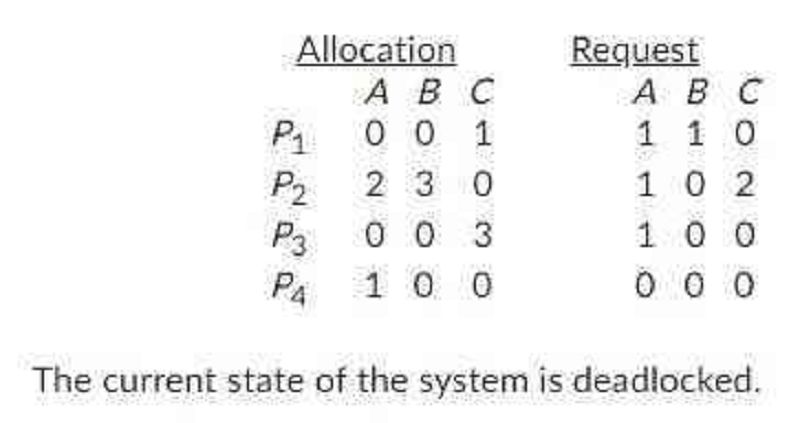CECS 326 Final Part 3
{"name":"CECS 326 Final Part 3", "url":"https://www.quiz-maker.com/QPREVIEW","txt":"Prepare yourself for the CECS 326 Final Exam with this comprehensive quiz! Test your knowledge on deadlocks, resource management, and virtual memory concepts crucial for computer science students. Engage with the 25 thought-provoking questions designed to reinforce your learning and identify areas for improvement. Validate your understanding of key concepts. Review essential topics in systems programming. Track your learning progress effectively.","img":"https:/images/course8.png"}
More Quizzes
Os chapter 3
10510
CS 446 Practice
512660
What's your red queen blood type?
520
ICU Room Readiness Quiz
10540
Do I Complain Too Much - Free Self-Assessment
201017414
Sociology of Gender - Gender Roles & Intersectionality
15815257
How Vain Are You? - Free with Instant Results
201018031
Strict Parents - How Strict Is Your Mom?
201018103
Inductive and Deductive Reasoning - Free Practice
201015921
What Kind of Traveler Are You? - Find Your Type
201018477
Online Financial Accounting: Exam 2 Practice (Free)
201017613
World Capital Cities - Free Geography Trivia
201015871



